

Do you have faith in your Christian history knowledge?

Think you’re a biblical history scholar? Put your skills to the test!


Where did the earliest Christian congregations meet?

Why was Christianity considered a “threat” to the Roman rulers?

Which Roman emperor is known as one of the first to fervently persecute and torture Christians?

Which Roman emperor is credited with ending the persecution of Christians?

What was the practice of paying the Catholic church to gain forgiveness called?

What was the first council of the Christian church, called by Constantine I, known as?
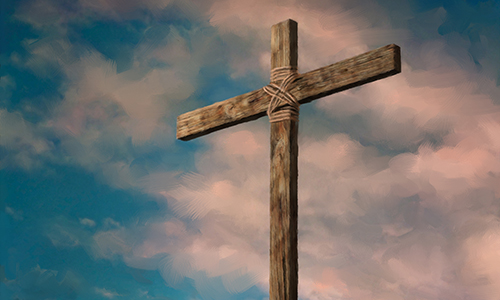
What year was the Edict of Thessalonica, in which Emperor Theodosius made Christianity the empire’s sole authorized religion?
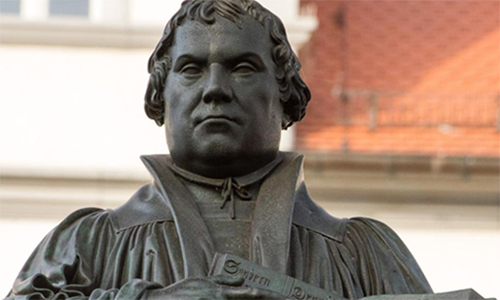
Which of the following does NOT accurately describe Martin Luther?
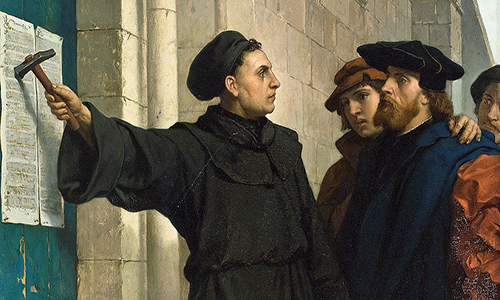
What year did Martin Luther post his 95 Theses on the Wittenberg Castle church doors?
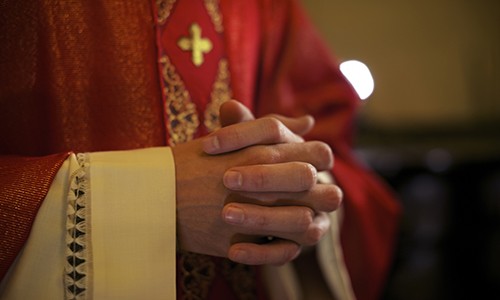
What year was Martin Luther excommunicated?
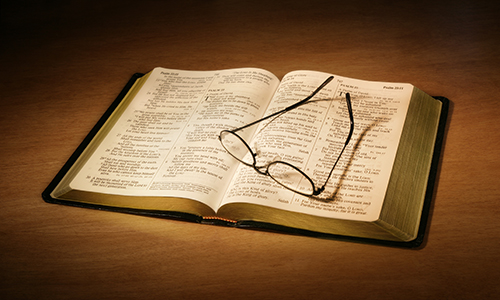
Which church in Revelation was told, “Do not be afraid of what you are about to suffer. I tell you, the devil will put some of you in prison to test you, and you will suffer persecution for ten days…”?